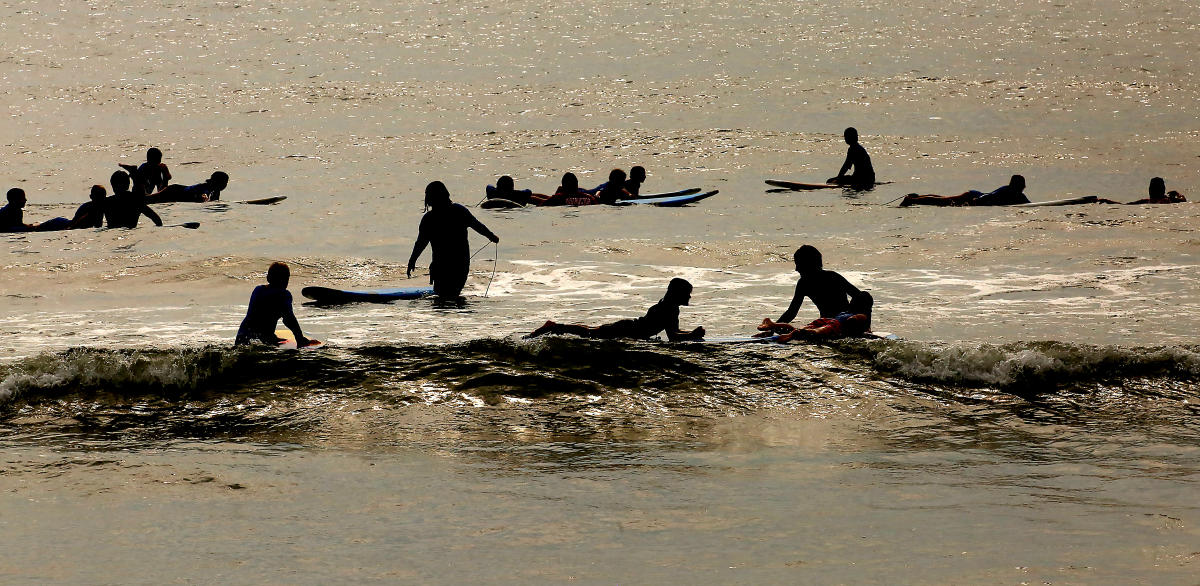By 2080, cities in Hampton Roads likely will have a climate more similar to south Louisiana today, according to a map released by the University of Maryland Center for Environmental Science.
Faculty and researchers used climate-analog mapping, which matches the expected future climate at one location with the current climate of another. Using data from the Intergovernmental Panel on Climate Change, University of Maryland professor and associate director for research Matthew Fitzpatrick matched more than 40,000 places around the globe to nearby locations experiencing their future predicted climate in 2080.
“In 50 years, the Northern Hemisphere cities to the north are going to become much more like cities to the south,” Fitzpatrick said. “Everything is moving toward the equator in terms of the climate that’s coming for you.
“And the closer you get to the equator, there are fewer and fewer good matches for climates in places like Central America, south Florida and northern Africa. There is no place on earth representative of what those places will be like in the future.”
For Hampton Roads residents, the research concluded the region will more closely resemble southern Louisiana.
Newport News, Hampton and Williamsburg are estimated to have summers about 10 degrees warmer than today, and winters are expected to be as much as 9 degrees warmer. This would put the cities’ climate more closely to Kaplan, Louisiana, a small city near the Gulf Coast, according to the research.
Kaplan is about 30 miles south of Lafayette, and summer temperatures average between 89 and 91 degrees, depending on the month. The average summer temperature in Newport News is between 86 and 90.
Cities in South Hampton Roads are estimated to more closely resemble Erath, Louisiana, about 15 miles east of Kaplan. This means summers could be 9.3 degrees warmer and 8% wetter in 2080 than today. Erath’s summer temperatures average between 90 and 91 degrees. Norfolk’s average summer temperatures are between 76 and 80 (depending on the month), according to historical data from National Weather Service in Wakefield.
Richmond could end up more like Channelview, Texas, a suburb of Houston.
Though summers are historically hot in southeast Virginia, climate change has exacerbated high heat levels that, at some times, are dangerous for people’s health, and it can affect some neighborhoods more than others. Extreme heat is the most dangerous weather event in terms of death, surpassing tornados, hurricanes and other severe storms, according to the NWS.
Each year, extreme heat events contribute to hundreds of deaths in the United States. This week, cities across the region opened cooling centers as temperatures surpassed 90 degrees and heat indices averaged between 105-115 degrees. Cooling centers offered an air conditioned space for vulnerable populations, including older adults, young children and homeless individuals.
“I hope that it continues to inform the conversation about climate change,” Fitzpatrick said. “I hope it helps people better understand the magnitude of the impacts and why scientists are so concerned.”
Eliza Noe, eliza.noe@virginiamedia.com
